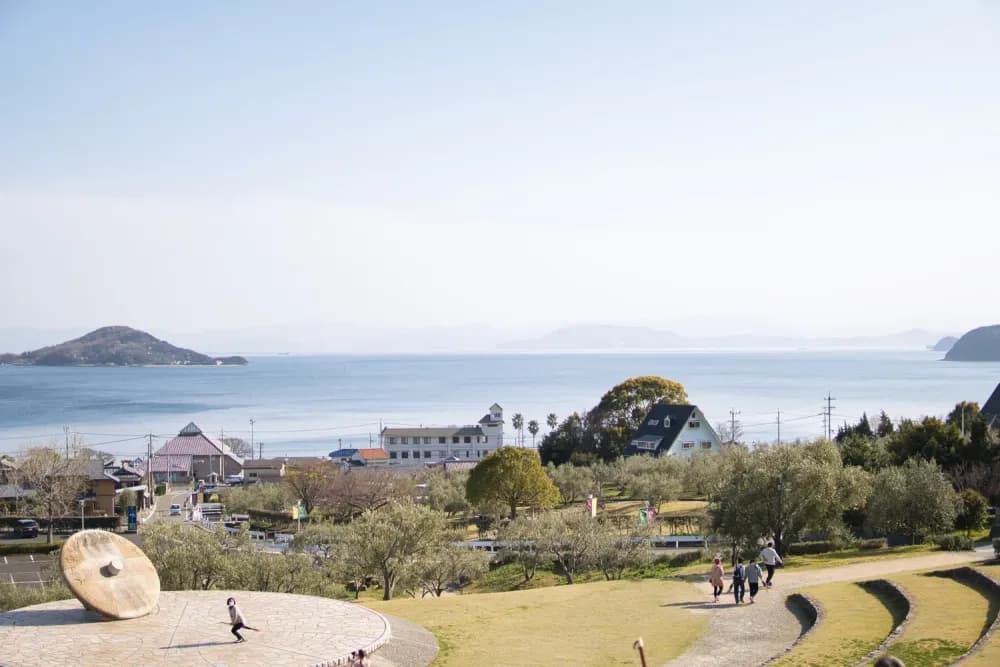When people think of Japanese noodles, the big three often come to mind: ramen (ラーメン, Rāmen), udon (うどん), and soba (蕎麦, Buckwheat noodles). However, there’s actually a fourth that Japanese consume quite often at home, and is less commonly found on restaurant menus: somen (素麺, Sōmen). The texture is perhaps most similar to udon, a white noodle with a smooth surface, but unlike udon, somen has an extremely thin, almost thread-like, shape and is commonly consumed cold with a dipping sauce.
Shodoshima is one of the three famous somen production areas in Japan, alongside the Harima area in Hyogo Prefecture, and the Miwa area in Nara Prefecture. At Nakabu-an (なかぶ庵), you get to try out this 400-year-old somen making technique that has been passed down and refined through the generations.
Well, not from scratch at least, the whole somen making process takes almost an entire day to finish. Instead, you’ll try out one of the most interesting components, turning it from a clump of dough into the long thin and stringy noodles. A very specific wooden equipment is used to stretch and split the noodles, and you’ll get to operate one of these yourself.
Before the experience, you’ll also get to see the different equipment used in making somen inside the factory, as well as an explanation of the entire process. Sadly the entire explanation is purely in Japanese, but through the equipment themselves, you can get a good idea for how the noodles are made. The whole experience takes around 60 minutes in total, including meal time.
After the experience, you can dig into your own platter of fresh somen noodles, and enjoy the delicate and thin noodles that go perfectly with the dipping sauce. Sadly, these won’t be the noodles that you stretched, as the noodles need to undergo a drying and aging process afterwards. That being said, most Japanese only consume somen noodles that have been dried, so enjoying the texture of fresh somen noodles is not something most Japanese have tried either. It’s a really enjoyable experience to just slurp these cold noodles down that are extremely light and tasty, and are typically eaten just by themselves, unlike ramen, udon or soba.
At the end of your meal, there’s also a souvenir shop section in the restaurant where you can purchase fresh or dried somen noodles.


